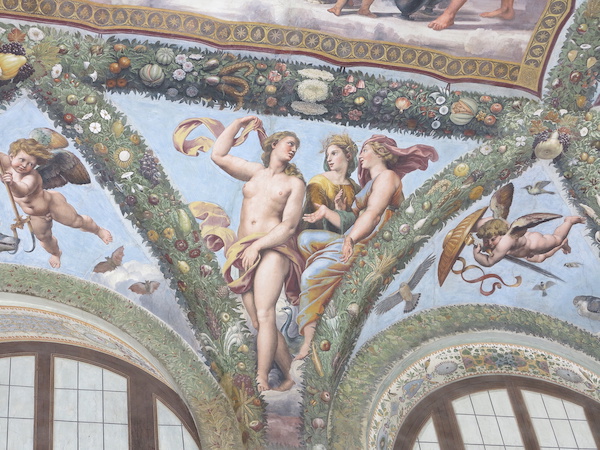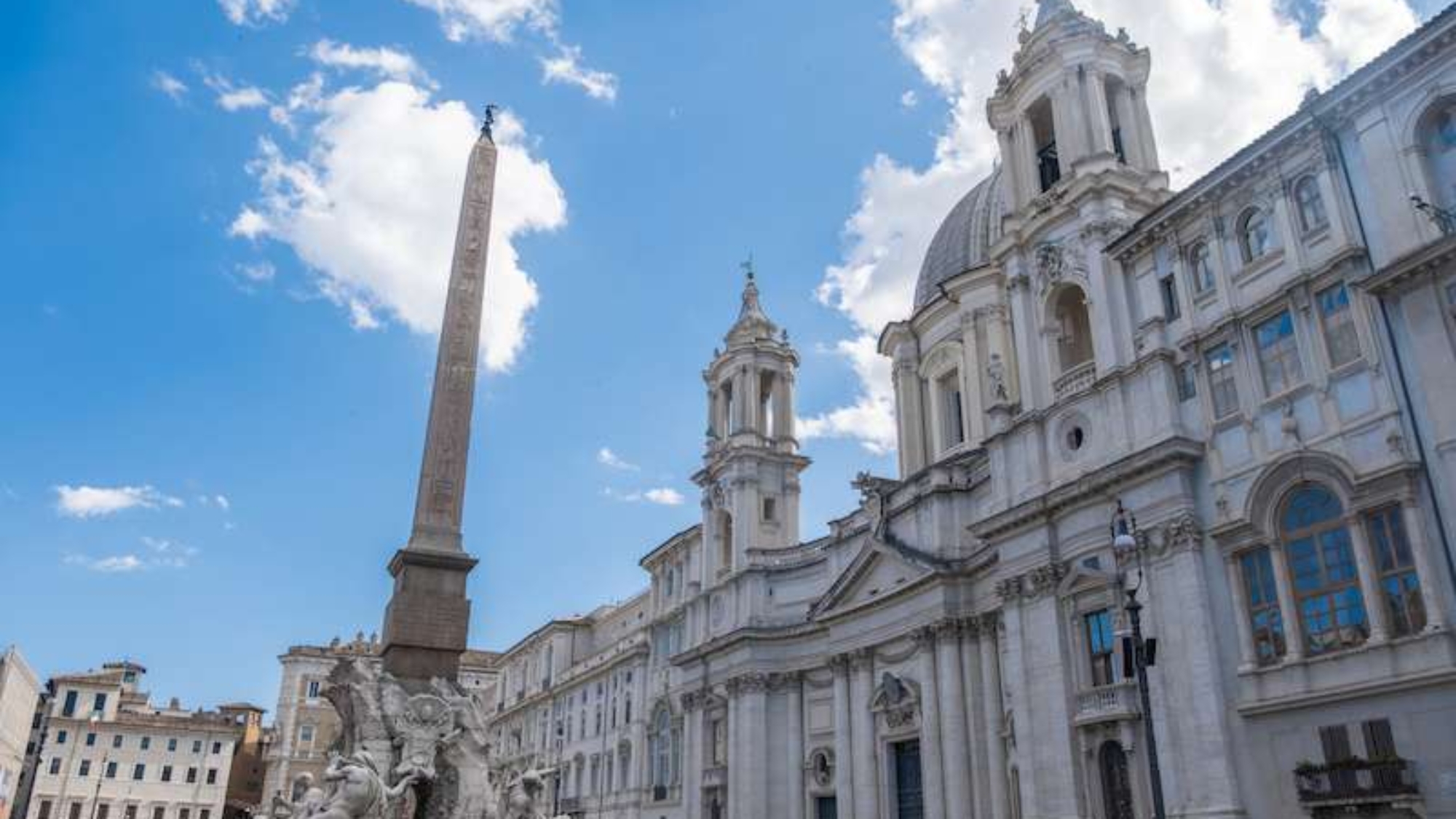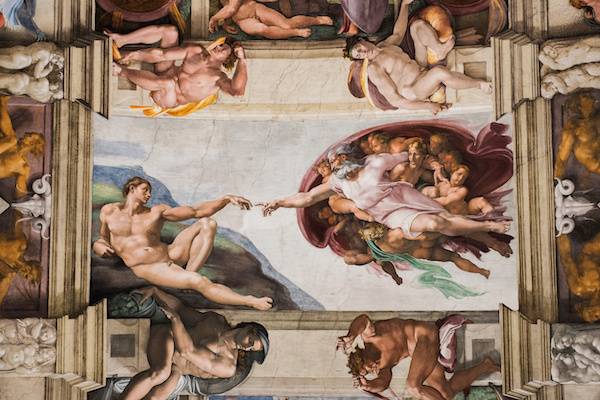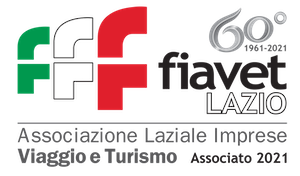When travellers ask for a place to savour real Italian food or having fun at night we always suggest a walk in Trastevere. Discover what to see in Trastevere and why a visit to this neighbourhood is something you can not miss!
Perhaps the most fantastic neighborhood in the city, some say Trastevere is somewhat losing its Italian touch, due to the increasing number of international (especially American) student life. Despite this, Romans still think Trastevere is one of the most beautiful areas in Rome.
You’ll be amazed by the beautiful views of winding cobblestone streets, ancient buildings with ivy vines climbing on the facades, narrow alleys full of the tables of the typical italian restaurants “trattoria” and the lively vintage shops, pubs and clubs. It will be immediately clear why tourists falls in love with this neighbourhood ‘just across the Tiber’, as its name suggests.
Book our Rome in a Day Tour to explore Trastevere with us.
What to See in Trastevere

When it comes to attractions, the area of Trastevere has no shortage of them. If you want to explore its history and art you should walk to Piazza Santa Maria in Trastevere. Outdoor cafés here overlook the square, its fountain and the majestic Santa Maria in Trastevere Church. Tourists are left speechless when admiring the golden mosaics of this building, glistening in the sun. Santa Maria in Trastevere, the first church to be dedicated to the Virgin Mary in Rome, is also one of the oldest in the city. By night, but also in the afternoon during the winter, the piazza gets a lot of action between diners and street performers. Your next stop will be the Church of Santa Cecilia in Trastevere: enter here to admire some really amazing frescoes made by Pietro Cavallini at the end of the 13th century. Tourists and pilgrims also visit this Church to marvel at the sculpture of Saint Cecilia: the white marble statue is located just beneath the altar and features the saint with her head half-severed, with a shroud covering her face after the beheading.
What to Eat in Trastevere

One of the best things about Trastevere is the infinite choice of restaurants, pizzerias, cafés, pubs and, on top of everything, the “trattorias“, which are local, traditional restaurants. If you wish to taste traditional roman dishes, sit down one of the outside tables and order carciofi alla giudia (Jewish style fried artichokes) pasta arrabbiata (spicy tomato), amatriciana (tomato, onion and pancetta), or carbonara (egg and pancetta). If you’re in the mood for some pizza, you will discover that Roman pizza is exceptionally light and crispy thin, very different from the soft, thick pizza you can have in Naples. If you are in Rome with your friends and you want to have some fun, enter one of the many pubs and order a beer: you will find there are very few italians here, though! Pubs, as most places in Trastevere, are full of tourists and international students.
Where to have some fun in Trastevere

When you want to grab a drink after a hot day walking in the city or if you feel like enjoying a glass of wine while marveling at the people passing by, Trastevere has something for all walks of life. One of the most popular places in Trastevere is Freni e Frizioni (“brakes and cluthces”), located near Piazza Trilussa. Many youngsters come to this former autobody shop from 7pm for an Aperitivo. Order a beer, some wine or a mojito (they’re legendary!) and eat as much as you want, helping yourself from the huge table in the middle of the room. Most of the food is vegetarian and fresh: you will find bowls of rice and oat salads with veggies, toasted bread to be topped with chopped tomatoes and hummus, fruit, pasta but also some meat and potatoes.
During the summer you can also visit the event “Along the Tiber… Rome” which enlightens summer nights in Rome, every day from 7 pm. Walk down the stairs near Piazza Trilussa and go ahead along the river: pubs, stalls selling clothes and accessories and stages for concerts and cultural events are set up from Ponte Sublicio to Ponte Sisto. There will be expositions, exhibitions, contests, meetings, workshops, with free admission.
Where to Shop in Trastevere

Forget about malls or department store shopping here. Trastevere will give you a completely different shopping experience. Its streets are concentrated with various funky boutiques selling clothes, accessories and some very interesting shoes. High street brands are also present, but the good thing about shops here is the chance to look and buy vintage clothes and original pieces of furniture or jewellery.















